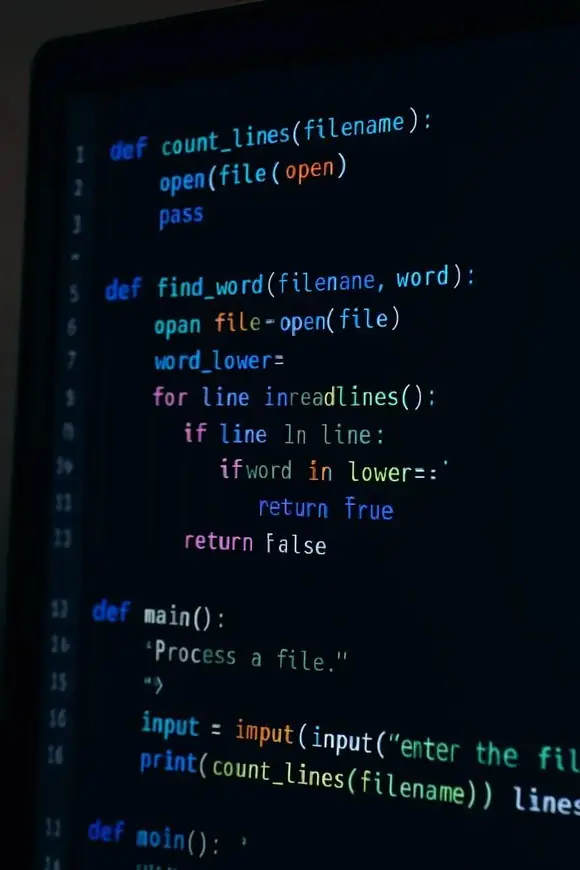No one likes tech debt. The term itself evokes chaos, risk, and something that needs fixing. But like many metaphors in tech, it can be misleading. Not all technical debt is negative. In fact, at certain stages of a project, taking on a manageable amount of debt can be a strategic move.
As the name suggests, it’s a debt—a bet on the future. Something you choose not to do (or simplify) now, with the intention of revisiting later. But just like any debt, there’s interest. The key lies in deciding when to take it on, how much to carry, and how to pay it off intentionally.
Tech debt is often seen as messy code, rushed decisions, or poor structure. And yes, that can be true. But not all tech debt comes from carelessness—it can also be a conscious, informed choice. You may need to launch quickly to validate an idea. You may need to ship something for a commercial opportunity. Or deliver early while the “perfect” solution is still undefined.
In these cases, taking on some debt may be entirely reasonable. The real issue isn’t that it exists—it’s when it goes untracked, unmanaged, or unacknowledged.
Programmers rarely build software systems from scratch. Instead, they spend much of their time modifying existing software to provide new functionality, to fix bugs, or to adapt the software to new environments.
Software development rarely happens in ideal conditions. There are deadlines, limited resources, and lessons that only emerge once users interact with the product. In that context, moving fast can sometimes create more value than building for perfection—as long as the cost of that speed is understood.
It might make sense to duplicate logic instead of abstracting it, if that enables faster iteration. Or to use a temporary tool while a long-term integration is still being scoped. What matters is not losing track: when these decisions aren’t recorded or revisited, they silently become barriers to future growth.


There’s no exact line, but a few signals can help:
- Healthy debt is visible, deliberate, and acknowledged. Dangerous debt shows up only when something breaks.
- Healthy debt has a repayment plan—or at least regular checkpoints. Dangerous debt accumulates without accountability.
- Healthy debt is taken with business context and timing in mind. Dangerous debt is driven by disorganization, pressure, or lack of technical understanding.
- In other words: the problem isn’t moving fast—it’s not knowing what you’ve left behind.
At the same time, certain elements are usually better left unchanged:
- The value proposition: If it’s been validated, it’s what holds the product together. Expanding too quickly can dilute what makes it work.
- User proximity: MVPs often benefit from direct user feedback. Keeping that feedback loop alive helps the product stay grounded.
- Simplicity: Growth doesn't have to mean complexity.Staying focused is still key at scale.

At neo301, we know software doesn’t always follow a straight path. Sometimes you need to deliver early, take thoughtful shortcuts, or build for now knowing it will evolve later. Our job is to help teams make those choices with long-term awareness. When we support a project, we don’t aim to eliminate all tech debt—that would be unrealistic. Instead, we focus on:
- Identifying and making visible the decisions that could create future debt.
- Prioritizing what to address based on technical impact and business value.
- Defining when and how each piece of debt should be reviewed or resolved.
Quality and speed don’t have to be opposites. But for both to coexist, you need to think ahead with intention.
Experienced sales executive with a strong background in B2B enterprise SaaS and a proven track record of driving revenue growth across Latin America and the U.S. Has led high-performing sales teams in both corporate and startup environments, including roles at Mastercard and AeroMexico. Skilled in strategic planning, global account management, and go-to-market execution. Proven success scaling ARR and securing major funding rounds in fast-paced technology sectors.
